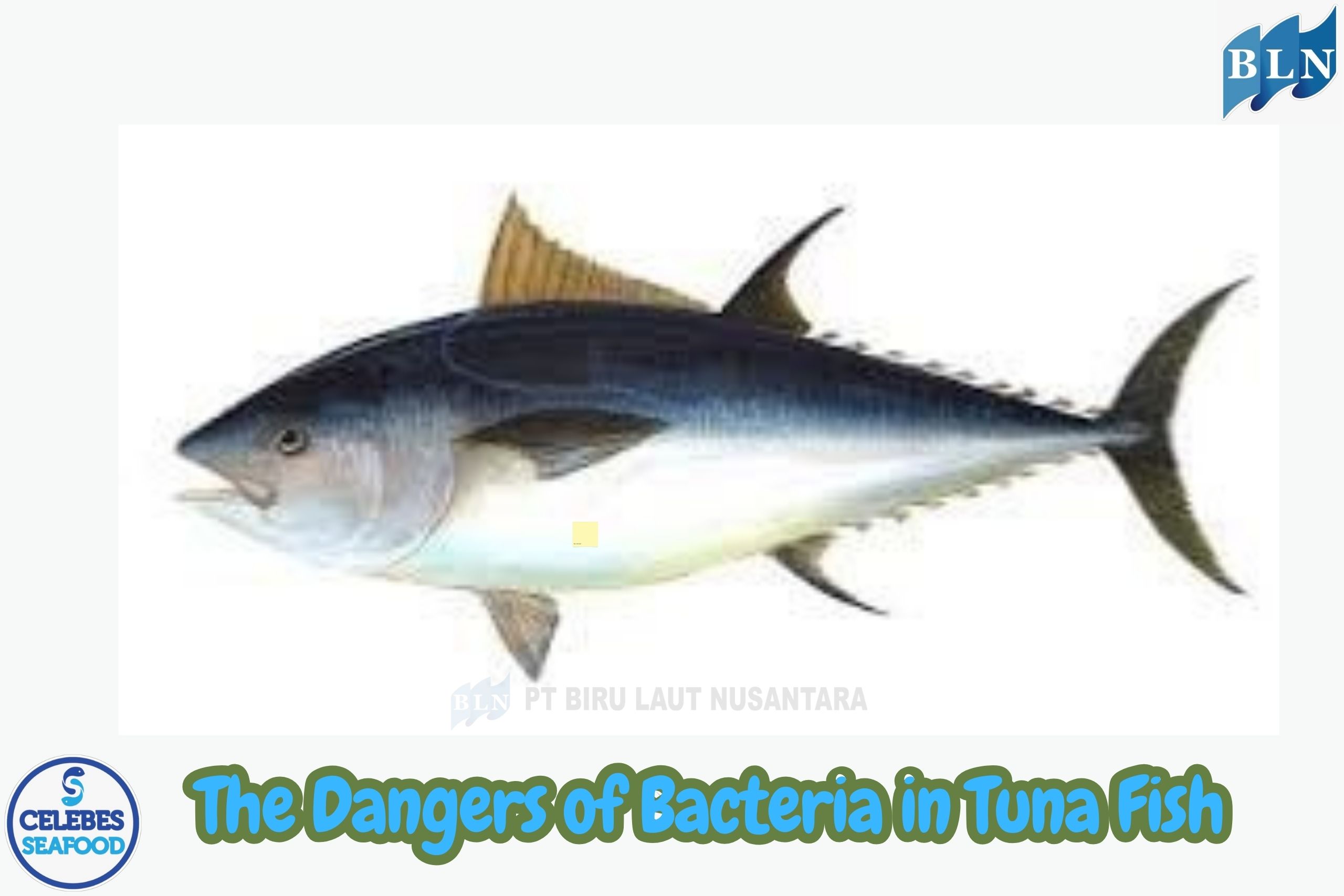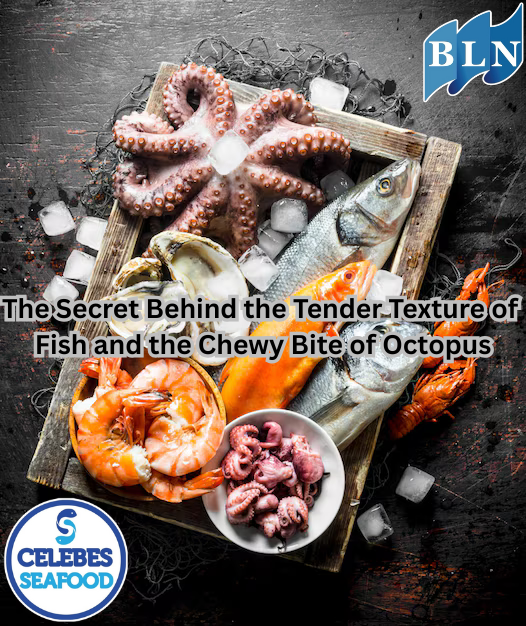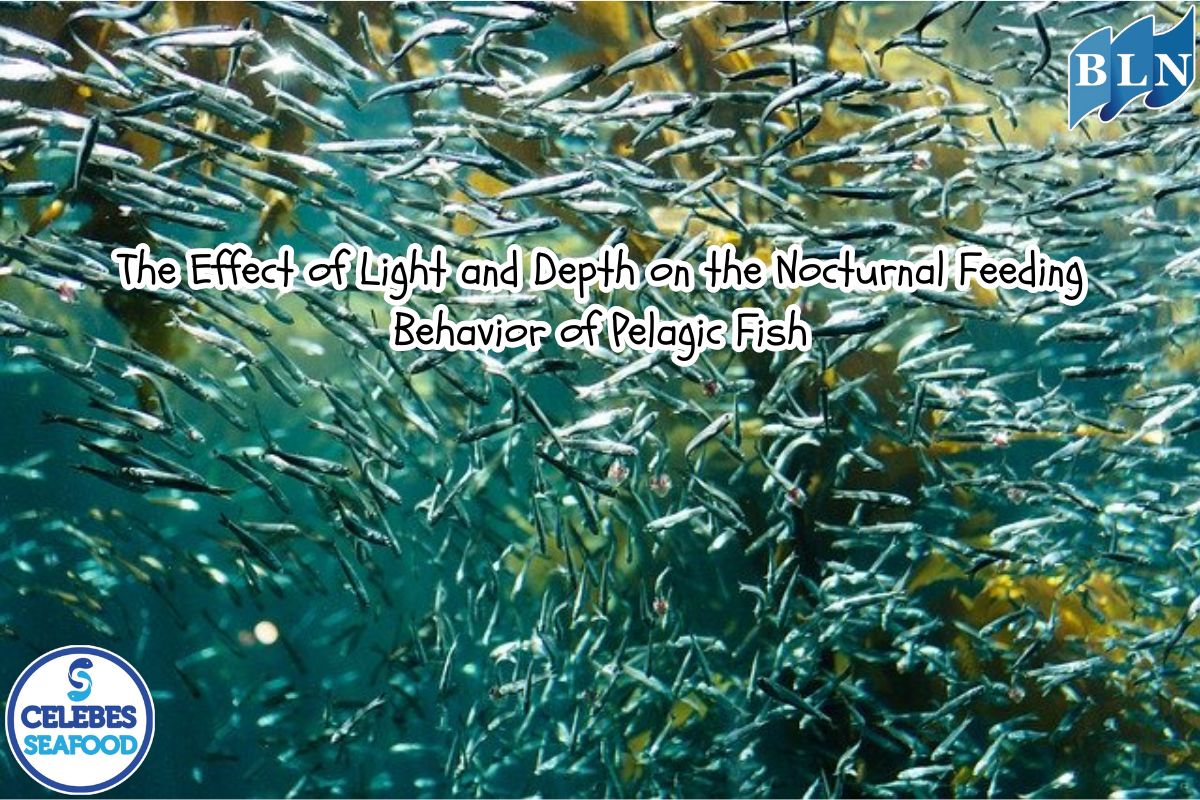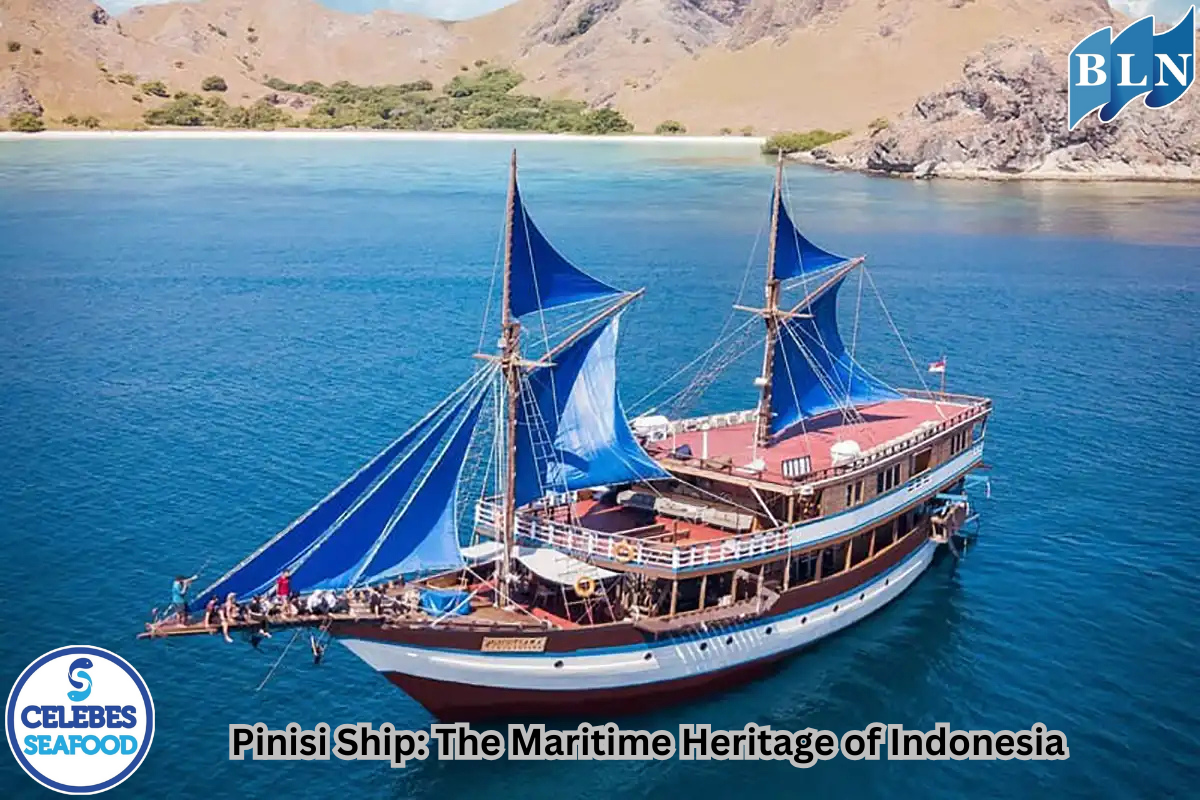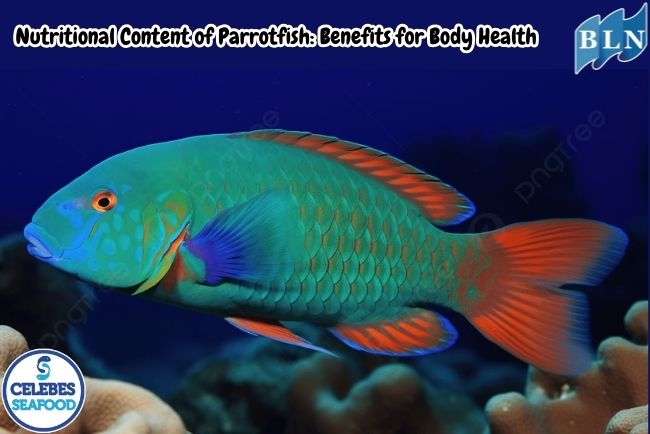The Appearance of the Ancient Coelacanth Fish, Found Only in Indonesia and Africa
By. Rani - 21 Aug 2025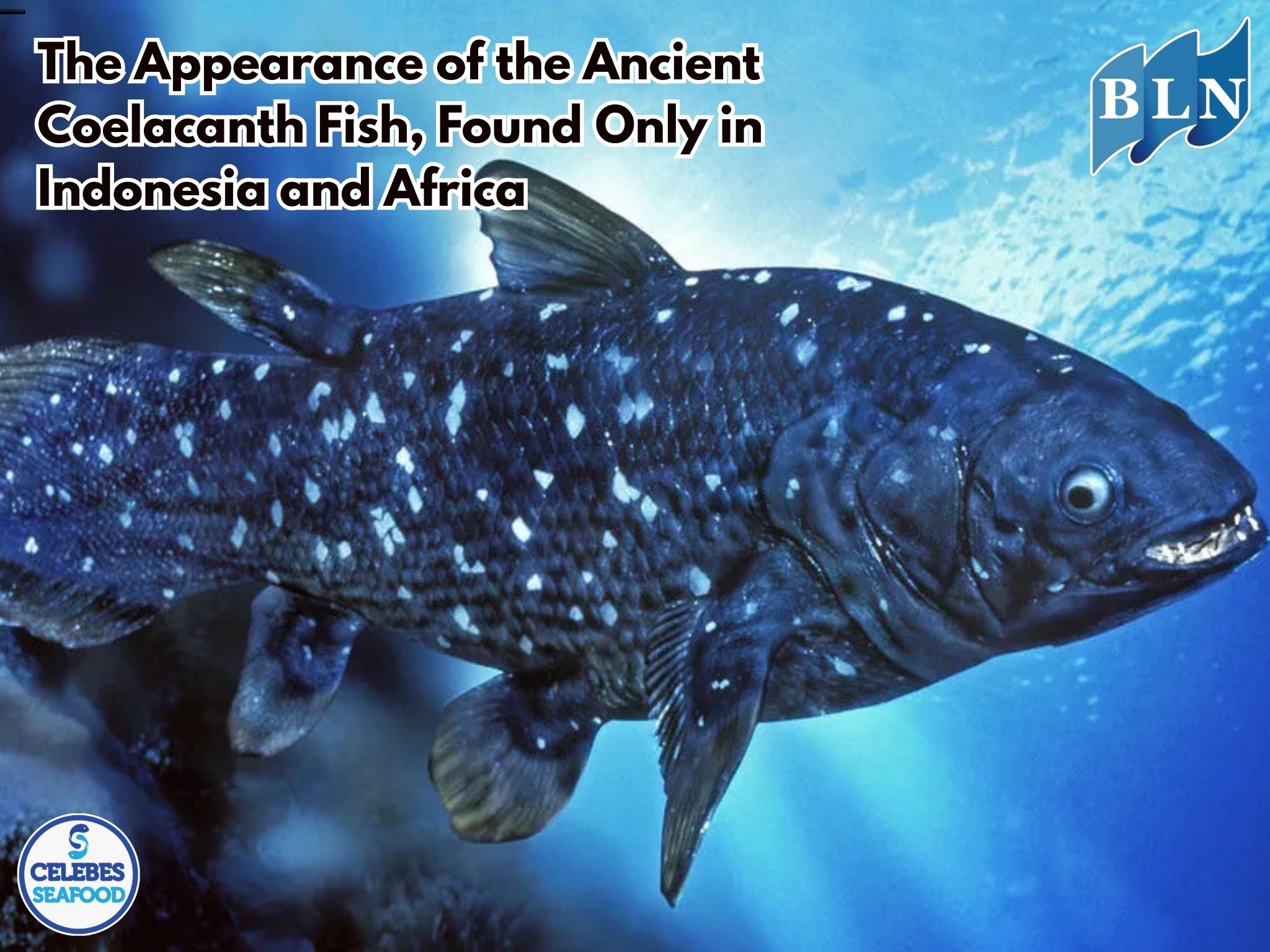
laut nusantara.com The coelacanth is a living fossil that has survived on Earth. It's estimated to have existed since the Devonian Period, around 400 million years ago, also known as the Age of Fish, which refers to the evolution of several fish groups.
So, why is it called an ancient fish? Because all of its contemporaries have already become fossils, while the coelacanth is still alive today. The coelacanth belongs to the ancient fish group Sarcopterygii (lobe-finned fish) that lives and thrives at depths of around 100 meters.
Coelacanths are only found in Indonesia and Africa, specifically Latimeria chalumnae (Africa) and Latimeria menadoensis (Sulawesi, Indonesia).
In Indonesia, L. menadoensis, also known as the "king of the sea," is a protected species under the Minister of Environment and Forestry Regulation No. P.106/MENLHK/SEKJEN/KUM.1/12/2018 on Protected Plant and Animal Species.
Recent Findings in Madagascar
Several researchers were surprised by a discovery made by shark hunters in Madagascar, Africa, who accidentally caught an ancient fish believed to have lived for 400 million years. The ancient fish was a coelacanth. They found it in the West Indian Ocean, an area where its presence was not widely known before.
The living coelacanth was found on a submarine cliff at depths between 100 and 500 meters. The fishermen were using a gillnet called a jarifa, a net that is considered a threat to the ancient fish's habitat because it can reach depths of up to 100-300 meters.
This ancient fish has eight fins, large eyes, and a small mouth, along with a unique pattern of white spots that allows each individual fish to be identified. It can weigh up to 90 kilograms and gives birth after a 36-month gestation period.
A study on the coelacanth discovery in Madagascar, conducted by Andrew Cooke et al. and published in the South African Journal of Science, Vol. 117 No. 3/4, 2021, explained why the fishermen use these nets. The commercial shark fin and oil trade, which began in the 1980s, led fishermen on the southwestern coast of Madagascar to use jarifa nets in deeper waters. Surprisingly, they were catching the ancient fish as by-catch, or unintended catch.
"While sharks have been a target in the Indian Ocean for more than a century, the rapid growth of the Chinese economy during the 1980s led to an 'explosion' of accidental coelacanth catches in Madagascar and other countries in the western Indian Ocean," the researchers stated.
A few dozen catches might not seem significant, but the coelacanth in the western Indian Ocean is listed as a Critically Endangered species. Its population is still unknown, and the increasing frequency of catches is alarming, especially since the true catch rate with jarifa nets could be higher than current official records.
Another significant number was when coelacanths appeared in jarifa nets off the coast of Tanga in Tanzania, where 19 coelacanths were caught in a six-month period between 2004 and 2005. This included six catches in a single night.
Coelacanths in Indonesia
The coelacanth is a living fossil with two remaining species on Earth: Latimeria chalumnae (Africa) and Latimeria menadoensis (Sulawesi, Indonesia). The coelacanth belongs to the ancient fish group Sarcopterygii (lobe-finned fish) that lives and thrives at depths of around 100 meters.
The coelacanth group is more closely related to lungfish and four-limbed animals (tetrapods) than to typical ray-finned fish.
Previously, this fish was only known from fossils and was thought to have gone extinct near the end of the Cretaceous period (66 million years ago), until a living specimen of the first species was found in December 1938 in South Africa.
This first specimen was studied by museum curator Marjorie Courtenay-Latimer and was eventually described as a new species, Latimeria chalumnae, by ichthyologist Professor J. L. B. Smith.
A few years later, other specimens were found in the West Indian Ocean in Comoros, Kenya, Tanzania, Mozambique, Madagascar, the iSimangaliso Wetland Park, and KwaZulu-Natal in South Africa.
The second species was first discovered by Mark V. Erdmann in 1997 at a fish market in North Sulawesi. A second specimen was then caught by a fisherman in 1998 and subsequently described as a new species named Latimeria menadoensis (Pouyaud et al., 1999). The discovery of the coelacanth species in Indonesia opened researchers' eyes to the fact that its distribution is very wide, not just in Africa.
"Both of the above species are categorized as threatened. The African coelacanth is currently listed as Critically Endangered, while the Sulawesi coelacanth is listed as Vulnerable on the IUCN Red List. Both species are also included in the CITES Appendix 1 list," said Kadarusman, a lecturer and researcher at the Sorong Marine and Fisheries Polytechnic.
In Indonesia, on July 1, 2018, a coelacanth fish was accidentally caught by a man named Santoso, a member of the Sorong City Angling Mania Club and a member of the Marine Defense Battalion of Sorong Base XIV.
The fish was caught by a hook and line in the waters of Waigeo, Raja Ampat, West Papua. At the time, the weather was clear and the waves were calm. Santoso uploaded a picture of the fish to his Facebook page to ask about its species and to find out which authorities to contact to report the discovery.
A relatedness analysis showed that the Raja Ampat specimen was indeed the ancient coelacanth fish from the Genus (Latimeria), Family (Latimeriidae), Order (Coelacanthiformes), Class (Sarcopterygii), Phylum (Chordata). The analysis also showed that the large coelacanth group is divided into two parts: the African group (West Indian Ocean) and the Indonesian group. Interestingly, the Indonesian group is further divided into two subgroups: Manado and Raja Ampat.
The Raja Ampat population has added to the map of the ancient coelacanth's distribution in the world and throughout the Indonesian archipelago. Thus, populations in Indonesia can be found in the waters of Manado-North Sulawesi, Biak-Papua, and Raja Ampat-West Papua.
The coelacanth is estimated to have existed since the Devonian Period, around 400 million years ago. This period is also called the Age of Fish, which refers to the evolution of several fish groups.
Why is it called an ancient fish? Because other fish of the same age have all disappeared and become fossils, while the coelacanth is still alive today.
In Indonesia, L. menadoensis, also known as the "king of the sea fish," is a protected species based on the Minister of Environment and Forestry Regulation Number P.106/MENLHK/SEKJEN/KUM.1/12/2018 regarding Protected Plant and Animal Species.
If you are interested in our OCTOPUS WHOLE CLEANED BALL TYPE, OCTOPUS WHOLE CLEANED FLOWER TYPE please do not hesitate to contact us through email and/or whatsapp.
